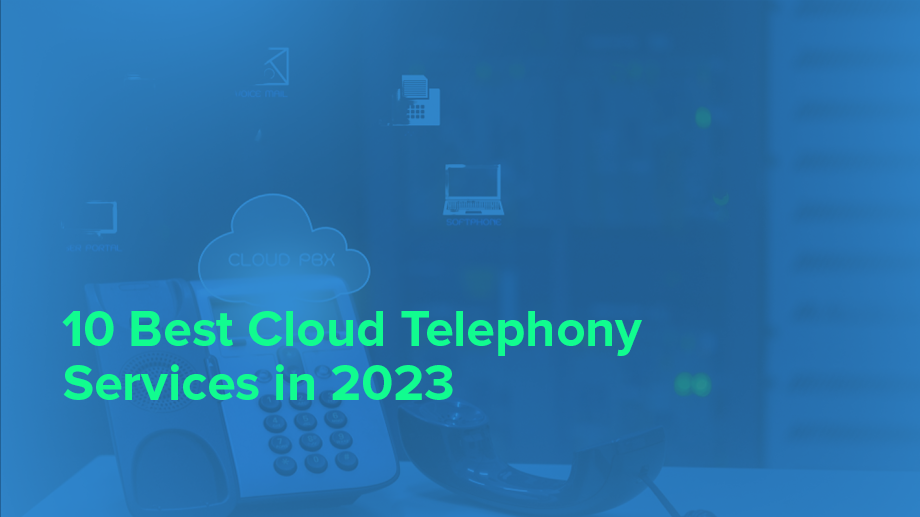- Resources
- Can you route your contact center calls to offline agents?
Can you route your contact center calls to offline agents?

When customers call your toll free or business phone numbers, can you route them to agents who are not at their workstations? Learn how you can do this with “offline agent” and “call forwarding” features of your contact center solution.
Even if it wasn’t because of the global Covid-19 pandemic, remote working has amazing benefits in terms of agent flexibility and call center productivity.
Technically cloud call center solutions can be accessed from anywhere, so it should be easy to switch to work from home mode. But what if your agent doesn’t have a device at home? Or, if they stay in an area with poor internet connectivity?
Take it easy, every problem comes with a solution.
In this article, we will explore:
Offline Call Routing
Quickly routing calls to agents is essential. But most cloud call centers today use online routing mechanisms. Offline Call Routing enables you to route callers to an agent who is not even online. They could answer calls on their mobile phone or landline while ensuring easy call monitoring and great customer experience.
Virtual Phone Numbers
Virtual Phone numbers are another way to ensure easy customer communications without compromising on-call monitoring, call tracking and customer privacy. In this system, a virtual number is assigned to every agent who makes or receives calls.
When customers dial into the virtual number, the call is easily received by the agent on their mobile phone or landline. When an agent dials out, the customer doesn’t see the agent’s personal number, but your businesses’ virtual number instead.
Automatic Call Distribution
An automatic call distributor allows you to hunt agents through ACD logic. For offline campaigns, the agent’s phone number is the sorting tool. It connects the caller to the agent whether the agent is logged into the system or is on the move.
You can group your agents into skills, and route calls to them based on skill, time of the day or customer priority. This ensures minimal wait times, better call center productivity and better customer satisfaction rates. Moreover, the idle agent-first logic ensures that work is distributed evenly amongst agents even if they aren’t sitting together in the same office.
How These Tools Help
Using these features, many of our clients have been able to smoothly move their call centers to work from home mode. However, these cloud telephony tools also ensure smooth customer communications in many other instances.
For instance, many work profiles require constant fieldwork. Not all your staff sit at a desk, ready to attend calls. This includes service engineers, medical practitioners, relationship managers, and sales teams who may constantly be on the move.
In other cases when BPOs face capacity issues, they can use these tools to hire a work-from-home workforce to tide over the peak seasons. The tools this blog outlines ensure easy customer communications in all these cases.
Conclusion
Sooner or later (sooner hopefully), we are sure to tide over Covid-19. The changes it brings to our working styles may have a lasting impact, however. Will your call center be better off with a remote working model? Only time will tell.
In case you are interested in any of the tools mentioned here and need priority implementation due to the sudden WFH restrictions, contact us here.
Also Read:
5 Steps to Switch your Legacy Call Center to WFH
How to Quickly Switch Your Call Center to WFH
How to use Virtual or DID Numbers
A Guide to Automatic Call Distribution







